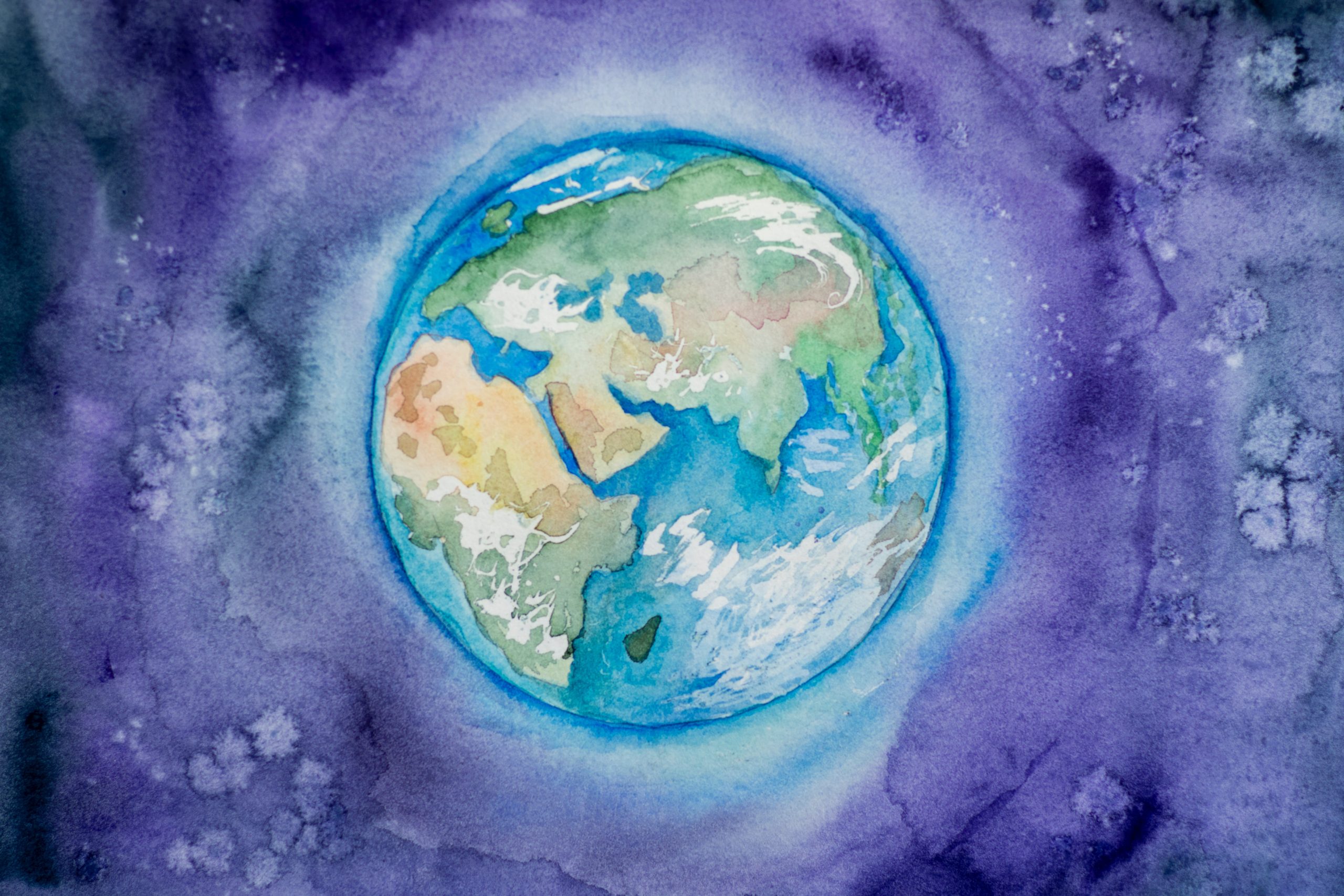Can re-use save the planet? Yes – and we have the evidence

The take, make, use, and dispose economy is fuelling the climate emergency. Natural resource extraction and processing make up half of the total global greenhouse gas emissions and over 90% of water stress and biodiversity loss impacts, according to the International Resource Panel.
Current estimations indicate that, without tackling overconsumption and resource efficiency, it will not be possible to stay within the 1.5°C global average temperature rise benchmark set by the Paris accord, even with a radical transformation of the energy system. Limiting warming to around 1.5°C will require transitioning to a circular economy, in which re-use is an essential strategy.
Re-use and preparation for re-use contribute to climate change mitigation by preventing resource depletion, diverting products and materials from landfills and incineration (therefore preventing associated emissions), and reducing energy demand.
Evidence from the textiles sector
One clear example of the benefits of re-use can be found in the textiles sector. While the global production and consumption of textile products are steadily increasing, the industry faces backlash due to its environmental impact. According to the IPCC, the clothing sector accounts for 10% of global greenhouse gas emissions.
Life Cycle Assessments show that the impact of collecting, processing, and transporting second-hand textiles is significantly lower than the production of new textiles. Re-use and preparation for re-use activities contribute to reducing the environmental burden of the sector.
Almost two-thirds of textiles fibres are derived from petrochemicals, emitting extensive carbon emissions. One-fourth is derived from cotton, which has a considerable impact on water depletion, pollution, and desiccation. Later stages in the textile production process bring about even larger impacts. Procedures such as dyeing, finishing, or printing are major sources of toxic emissions, and spinning and knitting processes often rely on fossil energy use, causing notable CO2 emissions as well.
On the other hand, a study aiming to calculate the environmental impact of an Emmaüs Björkå second-hand store in Sweden estimated that re-using 1kg of clothes yielded 15kg of CO2 emissions savings and almost 10.000 litres of water consumption savings. Similar research in France points to even higher CO2 emissions savings: 25kg per kg of clothes re-used. To give an idea about what the saving means, on average, in Europe, one person emits 18kg of CO2 and uses 144 litres of water every day.
Therefore, re-use is a key strategy to reduce the environmental impact of the sector. According to WRAP UK, if the lifespan of clothes was doubled, the fashion industry’s CO2 emissions would be reduced by 44%. A 10% increase in second-hand clothing sales would already save 3% of the sector’s CO2 emissions and 4% of water consumption.
And what about electric and electronic equipment?
Another essential sector with an enormous environmental impact is electric and electronic equipment, or (W)EEE. It contributes to rising demand for scarce critical raw materials, unsustainable air and wastewater pollution levels, and inadequate disposal. In fact, it is the fastest-growing waste stream worldwide – in 2019, the world generated almost 54 million metric tonnes of (W)EEE.
The environmental benefits of re-using and preparing for re-use electric and electronic equipment are large, according to various studies:
- Re-use and preparation for re-use of (W)EEE save 1,1 tonnes of CO2 per tonne of (W)EEE re-used, while recycling saves 0,8 tonnes, and landfilling emits 0,02 tonnes.
- Refurbishing a smartphone leads to savings of 14 kg of resources and 58 kg of CO2 emissions.
- Refurbishing a tablet has even more considerable benefits: 58 kg of resources and 139 kg of CO2 emissions. This is the equivalent of planting 7 trees – only for one single tablet.
Such products typically include gold, copper, stainless steel, and aluminium, which require high energy intensity in the production phase and high associated emissions in the extraction phase.
For further data, it is possible to calculate emissions avoided through re-use of different products using AERESS’ CO2 emissions calculator.
Conclusion
In a world currently consuming 100 billion tonnes of materials per year, the economy cannot be based on the extraction and processing of virgin materials anymore. Treating global resources as limitless is wrecking the planet, accelerating the climate emergency, and threatening human well-being.
In this context, social enterprises active in the circular economy are essential to promote well-being within planetary boundaries. In 2020, RREUSE members re-used 270.000 tonnes of products – the equivalent of 170.000 EU citizens’ CO2 emissions. They did so whilst providing 102.000 opportunities for employment, traineeships, and volunteering, therefore making a vital contribution to a just transition to a circular economy.

